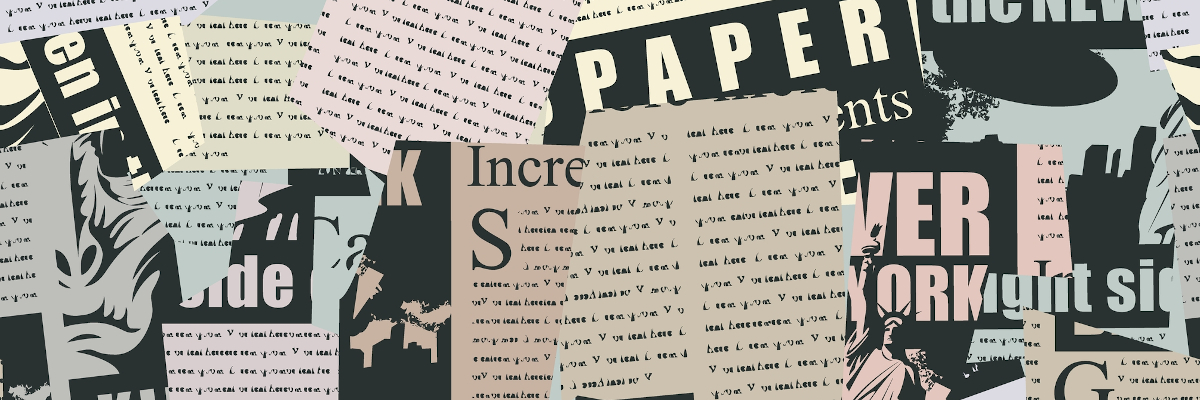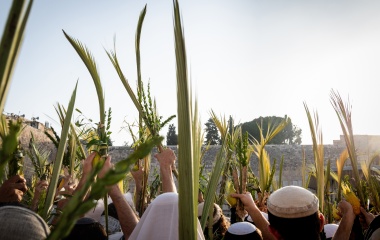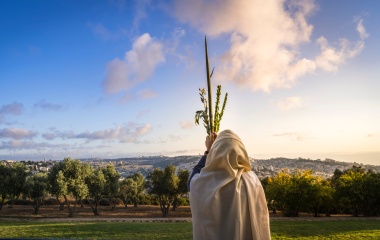
Sukkot is the holiday par excellence of the Jewish people. It concludes the agricultural cycle of the year and hence is known as Chag Ha'assif[1]. It concludes the historical journey from Egypt to Israel[2] and concludes the intense days of Yamim Noraim as we transition from days of awe to days of joy[3]. It is for this reason that in Rabbinic literature “chag”, holiday without any qualifier, refers to Sukkot and why it is Sukkot that is known as zman simchateinu, the time of our joy. While the mitzva of simcha applies to Pesach and Shavuot also, the time of our joy is Sukkot[4].
There are two primary mitzvot associated with Sukkot: dwelling in a sukkah and taking the arba minim, four agricultural species indigenous to the Land of Israel. Rabbinic teachings abound with the notion that the etrog, lulav, hadas and arava reflect different types of Jews. We are a diverse lot with some Jews who are most pious and others who are most impious - and many who fall in between. But all are part of the community and if any are rejected all are deficient.
The beautiful etrog representing the ideal Jew is nothing more than a nice citrus fruit with no religious meaning absent the arava, representing the assimilated Jew. This fundamental principle is a continuation of the opening theme of Yom Kippur when before Kol Nidrei we welcome all to shul, even, perhaps especially, those far removed from mitzva observance. We are one people – something we fail to appreciate at our own peril.
“Spread the canopy of peace upon us”. The sukkah is the symbol of peace and Sukkot is time when we yearn and pray for a world at peace. The Temple was dedicated by Shlomo on Sukkot – it being a “house of prayer for all nations” (Yishayahu 56:7). In that Temple 70 bulls over the course of the holiday were offered, representing the 70 nations of the world - 70 nations we pray will join together, each in their own way, to acknowledge G-d’s Kingship over the world.
The word for peace, shalom, comes from the root of shalem, meaning complete. If so, the sukkah is a strange symbol of peace. A sukkah is just about the most incomplete structure that one can have. Jewish law allows a sukkah of two and a half walls, even though no one would ever live in a house with one and a half walls missing. Furthermore, one does not even need complete walls. One can put up poles some 12 inches apart and based on the law of lavud – that items within three handbreadths of each other are considered joined together – such would count as a complete wall.
Moreover, the law of gud asik mechitzah, that a wall is considered to continue going upward even beyond a roof top, would allow one to place poles on the corner of a building, add some shkach on top and presto one has a kosher sukkah with effectively zero walls. The Sukkah itself can be so small that even if one cannot fully fit inside the Sukkah, it remains valid, provided a “majority of one's head, body, and table” can fit inside.
Rav Kuk notes that it is this incompleteness that makes the sukkah the perfect symbol for peace. Peace is so precious and vital he argues, that even partial peace should be pursued. Gadol haShalom, peace is great and we must seek its attainment even if it be the partial peace of a sukkah.
Zechariah, who lived at the beginning of the Second Temple, prophesized that the four fast days we have commemorating and learning the lessons from destruction and exile will one day "shall become occasions for joy and gladness, happy festivals for the House of Judah; love truth and peace (Zechariah 8:19).
Rav Soloveitchik explains that only in the messianic world can peace and truth completely co-exist. In our world these two values are in conflict. If one insists on truth, on all that is rightfully theirs, peace will be unattainable. One who desires peace will have to sacrifice a bit of truth and will have to agree to things that are just not right – but that is the only avenue to peace.
Our Sages teach that this world is a world of falsehood. Sadly, this needs no explanation. It is the world to come where truth will reign supreme. In this world it is peace, even if only the peace of the sukkah that must be our goal. It is only with the blessings of peace – be it incomplete – that Sukkot can truly be zman simchateinu, the time of our joy.
[1] Interestingly, three times the Torah tells us that Sukkot - and not Rosh Hashanah - is the end of the year. (See Shemot 23:17, 34:22 and Devarim 31:10)
[2] Thus the Torah links Sukkot to the Exodus, explaining that we are to sit in sukkot “in order that future generations may know that I made the Israelite people live in booths when I brought them out of the land of Egypt" (Vayikra 23:44).
[3] To cite one example, the shofar is blown in the middle of the Amidah as we cry out to G-d – Yom Truah, the Biblical name for Rosh Hashanah, is actually translated by Onekelos as a day of crying – whereas on Sukkot we take the lulav as we sing the joyous song of Hallel.
[4] While halachically, from a legal perspective, the mitzva of simchaapplies equally on Pesah and Shavuot it is noteworthy that while never mentioned in the Torah in respect to Pesach and once in reference to Shavuot, it is mentioned three times in regards to Sukkot.



